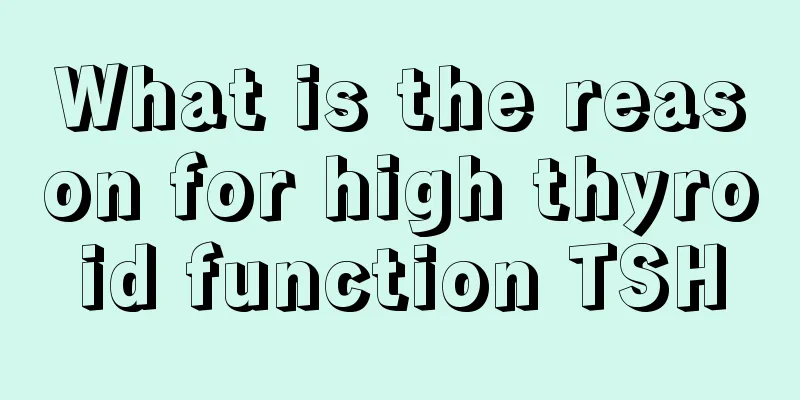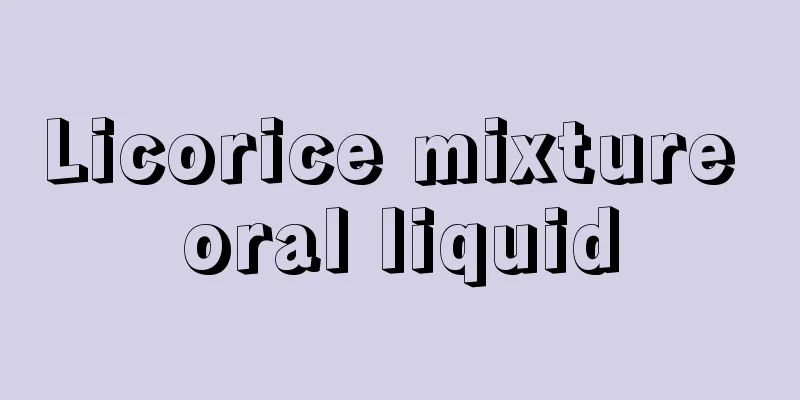Symptoms of femoral head fracture, these common manifestations

|
Femoral head fractures are generally caused by strong violence, which is especially common among the elderly. They can cause symptoms of comminuted fractures and the pain is particularly obvious. They require timely treatment and scientific care, otherwise they will cause complications of ischemic necrosis. 1. Common symptoms Patients with femoral head fractures experience swelling and severe pain in the affected hip, and the function of the affected hip is severely limited due to the pain. This fracture is often accompanied by hip joint injury, so there may be signs of posterior hip dislocation, lower limb flexion, adduction, external rotation deformity, elastic fixation, limb shortening or anterior hip dislocation. II. Treatment 1. Non-surgical treatment: For patients with fractures not accompanied by hip dislocation, if the fracture fragments have no obvious displacement or compression, non-surgical treatment can be performed. After resting in bed for 3 weeks, the patient can get up with crutches and not bear weight on the injured limb. Giebel believes that long-term traction should be avoided, otherwise it is easy to cause ischemic necrosis of articular cartilage and joint stiffness. Fractures accompanied by dislocation should be reduced immediately. Anesthesia should be sufficient during reduction, and violence should be avoided. Strive for a successful reduction in one go. If it fails for two consecutive times, surgery should be considered. After reduction, take an X-ray to understand the reduction situation, and do a CT scan to clarify the position, size and displacement of the fracture fragments. 2. Surgical treatment: If the fracture fragments are obviously collapsed, displaced, embedded in the joint space, accompanied by dislocation and manual reduction fails or there is nerve damage, open reduction should be performed immediately. Select the anterolateral or posterolateral approach according to the location of the fracture fragment, expose the hip joint and dislocate the femoral head from the acetabulum. If the bone fragment is small, it can be removed. If the fracture fragment is large, it should be repositioned and fixed with screws. When the fracture fragment is large and thick, a cancellous bone traction screw can be inserted retrogradely through the extra-articular part of the femoral head. If there is difficulty, only the absorbable screw can be drilled antegradely, and the screw head should be lower than the cartilage surface. If the fracture part collapses, it should be pried up and padded with autologous cancellous bone. If the collapse range exceeds half of the weight-bearing surface of the joint, and the comminuted fracture is difficult to fix internally or is combined with a femoral neck fracture, joint replacement should be considered. After the operation, it should be repeatedly flushed before suturing to avoid leaving cartilage or bone fragments. Negative pressure drainage should be left in place for 24 to 48 hours. |
<<: Can I sit if I have a femoral neck fracture? Rest is the most important thing
>>: Postoperative care and rehabilitation care for femoral neck fracture should be done well
Recommend
What is the use of pine pollen
Pine pollen has many functions and effects. If us...
Eating pumpkin seeds regularly can prevent prostate cancer
Eating pumpkin seeds regularly can prevent prosta...
Is luminous powder poisonous?
There are many uses for luminous powder, and it i...
How to protect gum recession?
If you do not pay attention to oral hygiene, the ...
The simplest way to make mutton soup
Winter is the best time to drink mutton soup, bec...
Can Gastrodia elata be soaked in water and drunk? Are there any precautions?
Gastrodia elata is now a very precious traditiona...
How to prevent recurrence of osteosarcoma
In recent years, the incidence of osteosarcoma is...
Helicobacter pylori detection
It is well known that Helicobacter pylori is the ...
The iron is leaking
When people wear clothes for a long time, wrinkle...
The most common cause of uremia
The origins of all human diseases are not inexpli...
Does a pacifier have a shelf life?
Although most pacifiers can soothe babies, parent...
How to care for elderly patients with liver cancer? Elderly patients with liver cancer should pay attention to three aspects of care
The number of elderly patients with liver cancer ...
What kinds of fried snacks are there
Fried skewers are a very popular street snack. Th...
Will hair grow back after it falls out?
The pace of modern life is getting faster and fas...
Prescriptions for treating colorectal cancer based on TCM syndrome differentiation
Colorectal cancer is a relatively common malignan...









